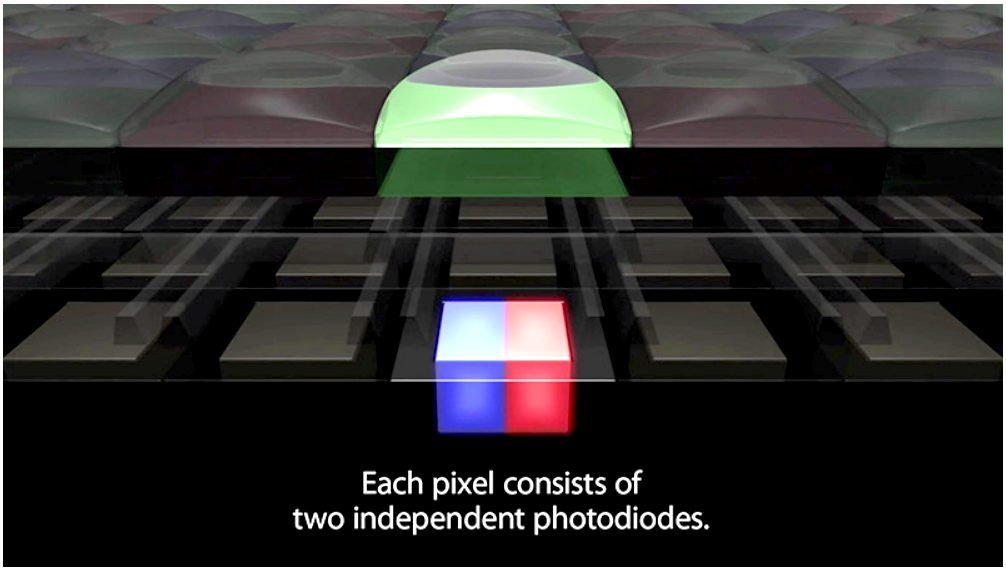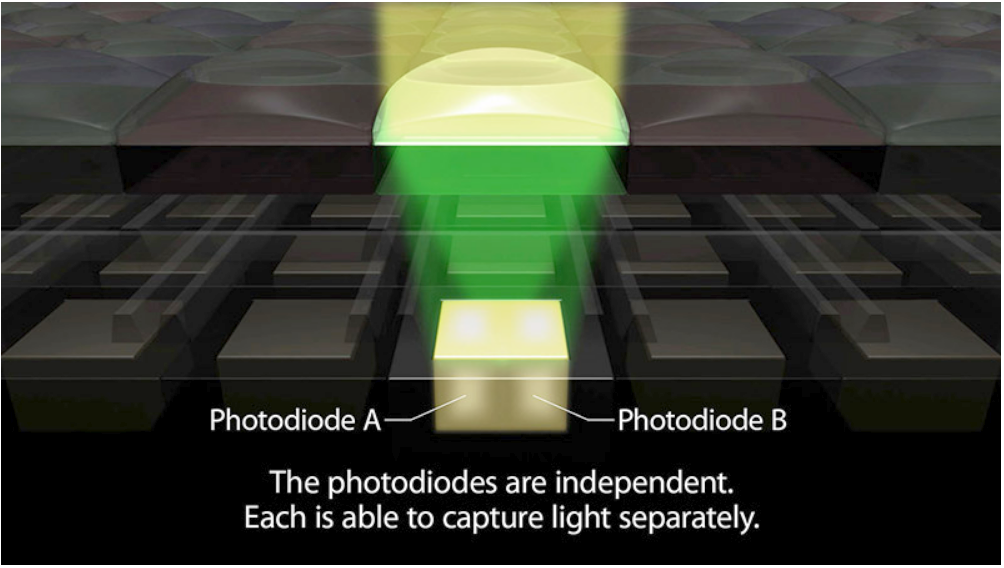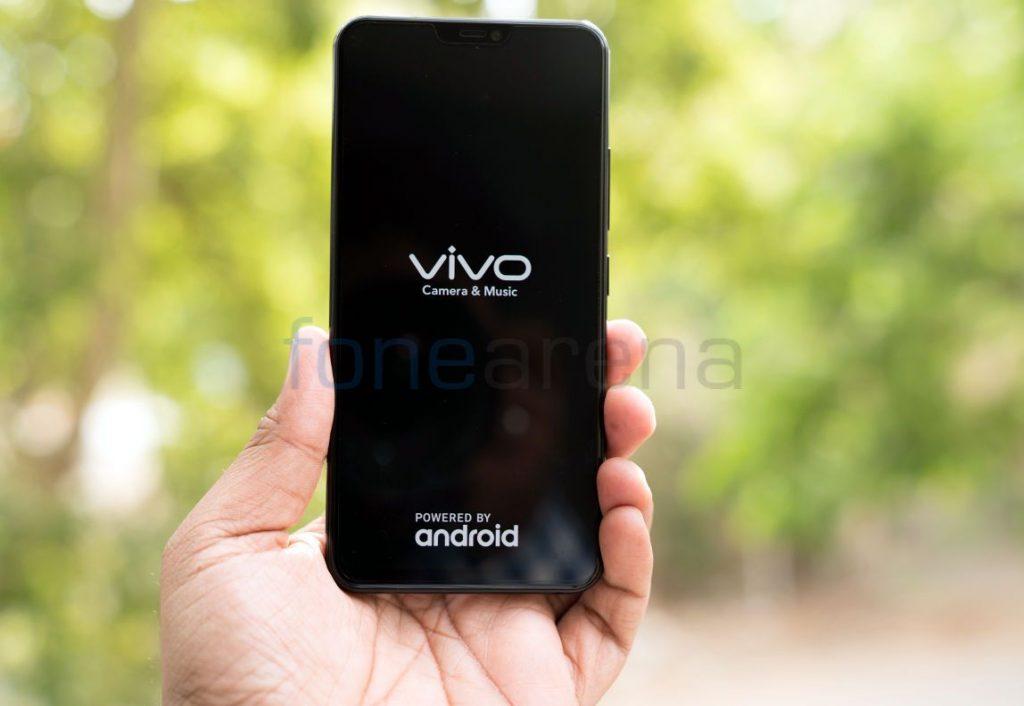
Vivo ranks high amongst the brands that have been at the forefront of smartphone innovation. Be it in-screen fingerprint recognition, hi-fi music chips, motorized cameras or sheer camera technology, the company is making massive strides towards bringing the next-generation technology to consumers. The X21 was amongst the first Vivo smartphones with Dual Pixel camera technology (2PD). With the V11 Pro launch right around the corner, we expect the phone to pack the same tech. Let’s take a deeper look into the Dual Pixel technology to see what makes it tick.

There’s a lot going on with the camera on the Vivo V11 Pro, the 12MP primary sensor that is paired with a 5MP secondary sensor for better low light capabilities and of course, portrait mode. What caught our eye was the f/1.8 aperture lens on the primary camera that should go a long way in improving low light capabilities. The 1.28 µm pixel sensor size too is adequate to enable high quality low light photography. The most interesting of course is the dual pixel technology that is poised to improve low light capture and more importantly, the autofocus capabilities.
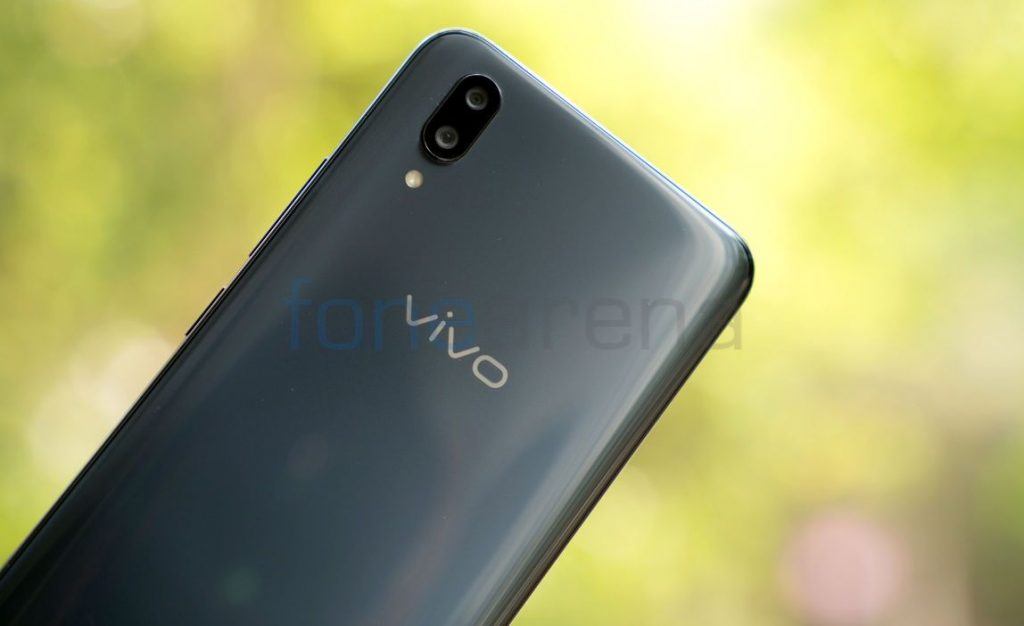
First things first, light is the biggest factor in photography. A higher pixel size simply means that the photosites themselves are larger and allow more light to fall on the sensor. More light on the sensor means that it is able to resolve more data and give you better photographs. Simple, right? A larger sensor, however, is physically larger and simply takes more space within the phone. As phones get slimmer, putting in a physically larger sensor isn’t always feasible. There’s got to be a better way!

Computational photography and Dual Pixel technology have been some of the biggest advances in improving smartphone photography over the last few years. The Vivo V11 Pro claims to make use of both to improve imaging across the board.
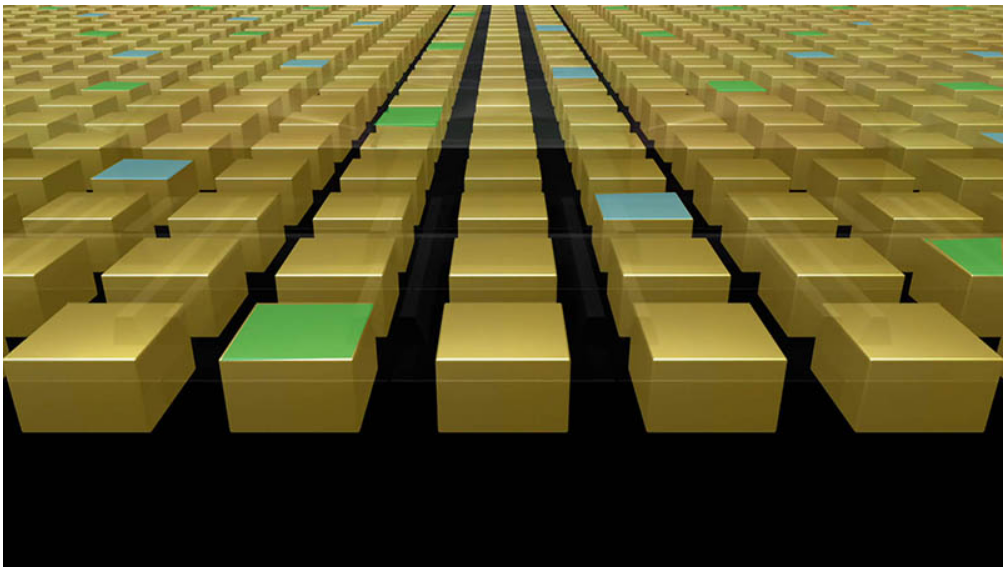
Dual pixel technology effectively divides every single pixel into two separate photo sites. Each pixel consists of two photodiodes that sit side by side next to each other under a micro lens. While focusing, the two photodiodes receive different inputs as they receive light from separate angles. Essentially acting as a phase detection focusing system, the camera is able to perform much better in terms of focusing in low light conditions. When capturing images, the photodiodes work together in concert to create a single pixel output with the outputs being summed together.
Focusing alone plays a big role in how a camera performs. Now, pair that with the 1.28µm pixel sensor size and the f/1.8 lens and you are looking at a system that at least on paper is capable of some really good night time shots. Superior daytime imaging is, of course, a given. The Vivo V11 Pro is clearly shaping up to be quite a performer from a camera perspective and more so if you add in the 25MP front-facing camera that it is believed to ship with. We’ll have more on the smartphone as the device is expected to launch in the coming days.

